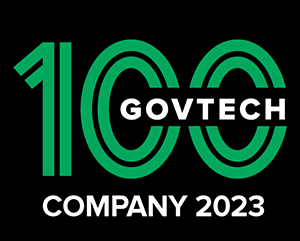4 Keys to Preparing for an Implementation with Camino
Posted on February 23, 2023
If you’re a government employee who deals with permitting, you know how important it is to make the process as smooth and efficient as possible for your customers. Agencies that choose to partner with Camino will spend time during the Camino implementation reviewing how the system can help address common pain points with existing processes. As your agency is considering moving forward with Camino, there are a few key steps you should take before the project begins to ensure success:
Key #1: Identify and inform stakeholders upfront

One of the most important things you can do before implementing Camino is to identify and inform relevant stakeholders upfront. This includes everyone who has detailed knowledge of your permitting process, from permit counter staff to plan reviewers to inspectors to supervisors. Make sure they are aware of what Camino is and how it can benefit them. If they have not seen a demo of Camino, ask a Camino Account Executive for a recorded video highlighting the benefits of the Camino Guide. This will help get everyone on board and excited about the new system!
Key #2: Review your current permitting process
Before implementing Camino, it’s important to review your current permitting process. Some review of your process will occur during the Camino implementation but having this documentation ready will save time. Document things you like about your process that you would like to keep when implementing Camino. Also document the pain points and things you do not like about your current permitting process. This will help you identify the areas where Camino can make a real difference.

Key #3: Identify stakeholder requirements
As you review your current permitting process, this is also an ideal time to identify stakeholder requirements. There are two sets of stakeholder requirements to look for. The first are the minimal requirements needed for their day-to-day operations. These are the absolute must-haves for the system to function. Examples of this would be identifying the most basic required information for various project types, like what info is required if someone wants to build a new home or put up a swimming pool. The second set of stakeholder requirements to gather are the nice-to-haves and upgrades to their process that they would find helpful. By identifying these requirements, you can ensure that Camino is tailored to the specific needs of your organization and to the preferences of its agency users.
Key #4: Review the current documentation that you provide to applicants
Finally, it’s important to review the current documentation that you provide to the public. Are they up to date? Do they need to be updated before being input into Camino? By reviewing your documentation, you can ensure that it is accurate and complete before being used in the new system.
Implementing the Camino Guide can be a game-changer for permitting and saving staff time and resources. But by following these four key steps, you can ensure that it is implemented successfully and meets the specific needs of your agency. So don’t wait any longer, start reviewing your processes and talking with stakeholders today!
-Matt Koehler, Camino Implementation Manager

